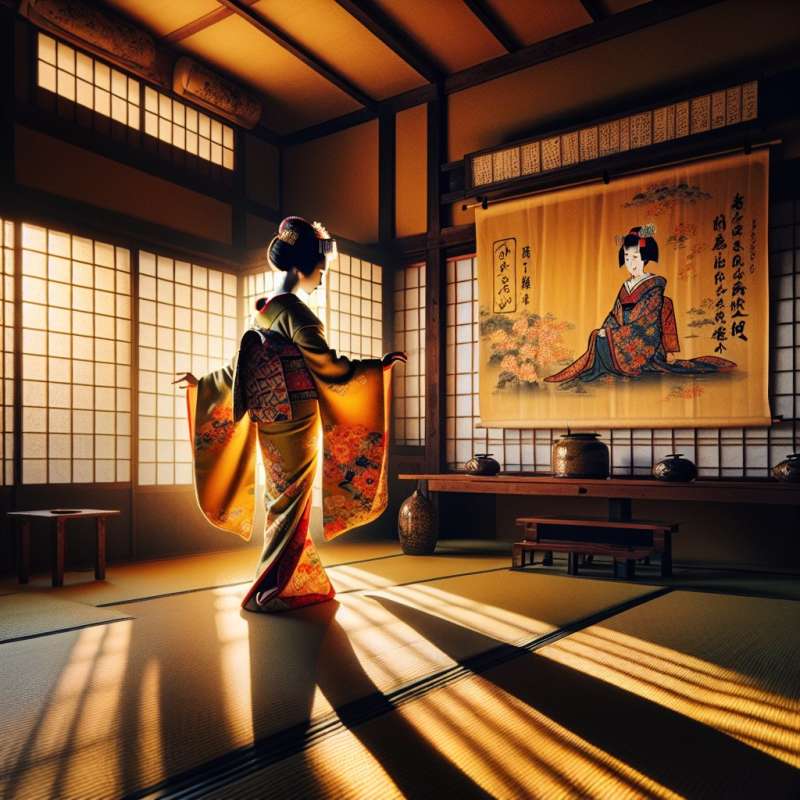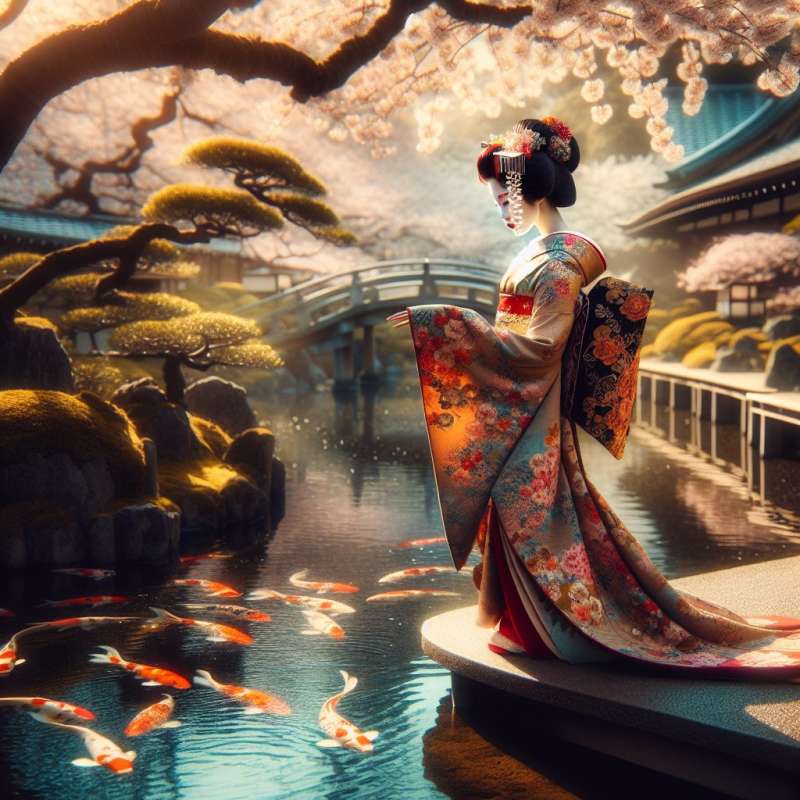
Origin of Geishas
Geisha culture originated in the 18th century. Initially, male entertainers filled the role, but female geisha soon became the norm, known for their refined skills in arts and conversation.
Rigorous Training Process
Aspiring geishas, known as 'maiko,' undergo years of intensive training. They learn traditional instruments, dance, tea ceremony, and high-level etiquette to entertain guests with grace and subtlety.
Distinctive Visual Style
Geishas are recognizable by their distinctive kimonos, elaborate hairstyles, and white makeup contrasting with red lips. Their attire changes with seasons, events, and the geisha's stage of career.
Geisha's Daily Life
A geisha's day begins early, with hours devoted to hair and makeup. Afternoons may include rehearsals, while evenings are spent entertaining at teahouses, called 'ochaya,' through various arts.
Misunderstood Social Role
Contrary to common misconceptions, geishas are not courtesans. Their role is to embody Japanese cultural refinement and entertain through artistry, not to provide romantic or sexual services.
Modern Geisha Challenges
Today, geishas are fewer, facing modernization's challenges. They strive to preserve traditional culture while adapting to contemporary society, often incorporating modern elements into performances.
Geisha's Cultural Significance
Geishas are living symbols of Japanese heritage. They maintain time-honored traditions, reflecting Japan's history and aesthetics, and play a key role in cultural diplomacy and tourism.Geisha's Secret Hobby
Some geishas in the past were skilled sumo wrestlers, participating in secret matches to stay fit and entertain themselves off-duty.
When did geisha culture originate?
16th century
18th century
20th century
Company